Methodological sheet of the indicator available for the Autonomous Community of the Basque Country.
| Available indicator |
Proportion of 15-year-olds who have achieved at least level 2 proficiency in reading and mathematics |
|---|---|
| Target |
4.1 By 2030, ensure that all girls and boys complete free, equitable and quality primary and secondary education leading to relevant and effective learning outcomes |
| Goal |
4- Ensure inclusive and equitable quality education and promote lifelong learning opportunities for all |
| Definition |
Proportion of 15-year-olds who have achieved at least level 2 proficiency in i) reading and ii) mathematics, by sex |
| Theoretical formula |
\[PPN2_{proficiency}^{t} = \frac{PN2_{proficiency}^{t}}{P_{15}^{t}}\]
where: $PN2_{proficiency}^{t} =$ 15-year-old population that has reached at least level 2 proficiency in the subject in year $t$ $P_{15}^{t} =$ population aged 15 in year $t$ |
| Available disaggregations |
Type of competence Sex |
| Frequency |
Triennial |
| Observations |
The Programme for International Student Assessment uses a scoring system with no minimum or maximum score. The results are scaled to fit a normal distribution with a mean of 500 and a standard deviation of 100. To aid in the interpretation of these scores, reading proficiency categories are established:
A person reaches at least Level 2 reading proficiency when, for a text of average length, he or she can identify the main idea, understand the relationships between its parts, interpret the meaning of a limited part of the text through basic inferences, locate one or more pieces of information according to multiple partially implicit criteria, reflect on the general or specific purpose of the text, compare statements and evaluate the reasoning on which they are based by establishing connections between the text and external knowledge. The following proficiency categories are established in mathematics:
An individual achieves at least Level 2 proficiency in mathematics when he or she can interpret and recognize situations in contexts that only require direct inference, extract relevant information from a single source and make use of a single mode of representation, use elementary algorithms, formulas, procedures or conventions to solve problems related to integers and carry out direct reasoning and literal interpretations of the results. |
| OCECA |

Indicator calculated using a methodology harmonised across the central statistical bodies of the autonomous communities |
| Data last updated | 2025/04/22 |
| Metadata last updated | 2025/06/18 |










